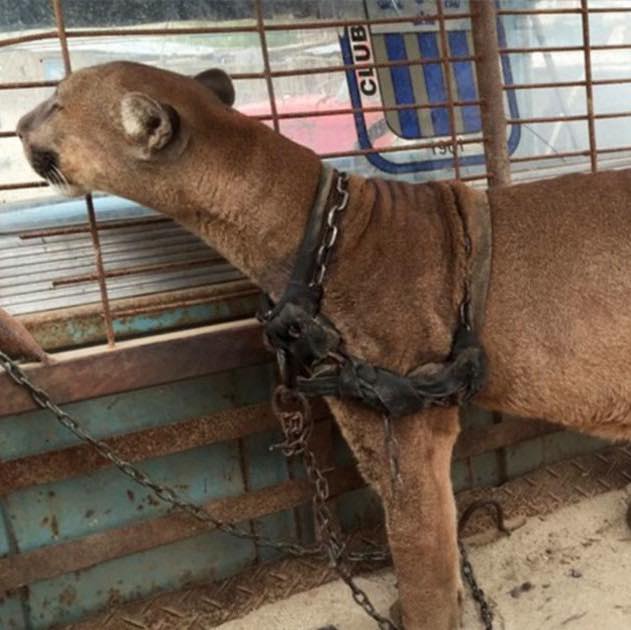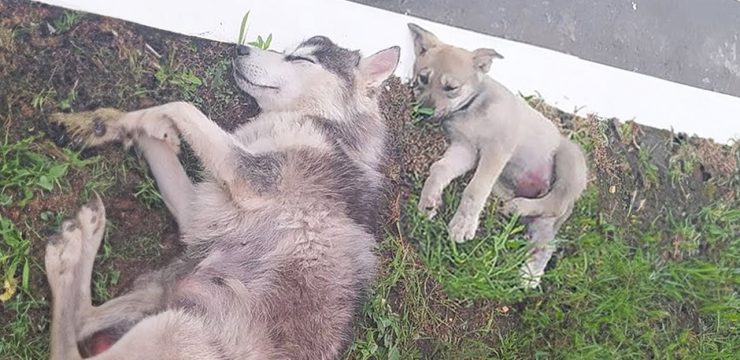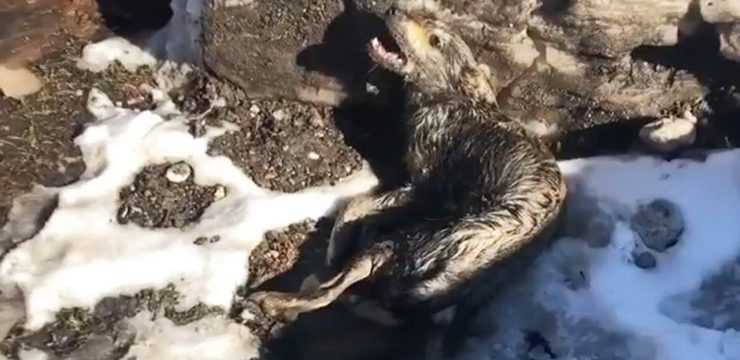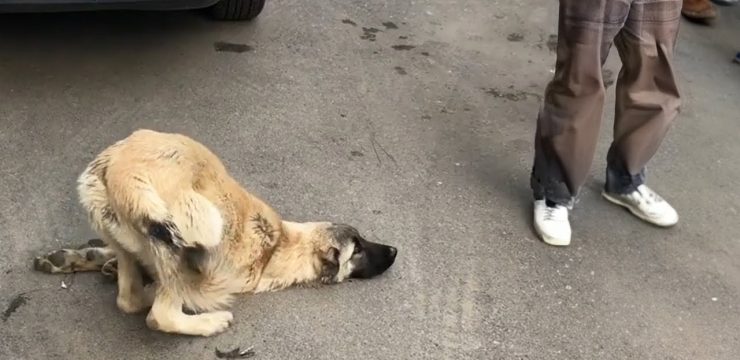Absolutely no animal deserves to spend its life confined in the back of a rusted-out pickup truck, especially not a majestic wild cat. Yet that was the harsh reality for Mufasa, a full-grown puma, who spent two agonizing decades chained in the cargo bed of an old vehicle. He wasn’t a stray or a rescued pet—he was the star attraction of a traveling circus in Peru, and his suffering was hidden beneath the glitz and noise of the big top.

People are often fascinated by exotic animals. There’s something awe-inspiring about coming face to face with a creature you’d normally only see in a nature documentary. But just because something is rare or beautiful doesn’t mean it should be trapped, transported, and paraded around to entertain humans. Sadly, Mufasa’s case is not isolated. All over the world, from circuses to roadside zoos, countless animals are forced to perform unnatural tricks and live in conditions that defy even the most basic standards of care.
These animals—many of them wild, intelligent, and emotionally complex—are often locked in cramped cages or confined to chains. They have little room to move, let alone express natural behaviors. They rarely get to feel the earth under their feet or breathe fresh air. For animals like Mufasa, life is not just restricted—it’s robbed of dignity.
Mufasa, known to his captors as just another circus prop, was once a powerful and graceful predator. Pumas—also known as cougars or mountain lions—have roamed the Americas for thousands of years. Early European settlers mistook them for lionesses, and over time, they gained an almost mythical reputation. That intrigue persists today, fueling demand for up-close animal encounters. It’s this fascination that unscrupulous circuses and animal shows exploit, turning wild creatures into tools for profit.
For 20 years, Mufasa performed under the bright lights and roaring crowds. But once the show was over, he didn’t return to a safe habitat or a comfortable enclosure. Instead, he was dragged back to that rusty truck, shackled, and left to endure the sweltering heat, cold nights, and complete isolation. His entire existence was reduced to two roles: perform or be still.
But in 2015, everything changed. After years of cruelty and neglect, a beacon of hope arrived in the form of Animal Defenders International (ADI), a nonprofit organization dedicated to protecting animals from abuse and exploitation. ADI had been investigating and campaigning against the very circus that held Mufasa captive. It took years of persistent advocacy, legal battles, and boots-on-the-ground effort, but eventually, the circus was shut down.
Mufasa was the last wild animal to be rescued from that operation, making his release a particularly emotional milestone. The rescue wasn’t simple—it took months of planning and delicate work to safely free him from his chains. But once they succeeded, Mufasa’s life took a turn toward peace.
For the first time in decades, Mufasa was no longer someone’s property. He wasn’t a prop, a performer, or a prisoner. He was just an animal, free to exist on his own terms. ADI built a custom sanctuary for him, carefully designed to replicate the Peruvian forest—the kind of environment he was meant to roam. Although he couldn’t be released into the wild due to his age and deteriorated health, the sanctuary gave him a space where he could rest, explore, and finally be comfortable.
The transformation was profound. In one of the most touching moments captured on video, Mufasa feels grass beneath his paws for the first time in 20 years. He sniffs the trees, looks around cautiously, then slowly begins to explore. It’s a scene that tugs at the heartstrings—not just because it’s beautiful, but because it lays bare the cruelty he had endured and the joy of finally experiencing a fraction of what he had been denied.
Tragically, Mufasa’s new life didn’t last long. In December 2015, just a few short months after his rescue, Mufasa passed away. The years of captivity had taken their toll. He suffered from kidney failure and other complications associated with age and prolonged neglect. His body was tired, his organs worn from the stress and deprivation he had experienced for so long.
But while Mufasa’s life ended too soon, his final chapter was filled with peace and dignity. He spent his last days surrounded by trees instead of chains, silence instead of applause, and compassion instead of cruelty. That in itself was a victory. Though it breaks our hearts that he didn’t have more time, the real tragedy would have been if he had died without ever knowing what freedom felt like.
Mufasa’s story serves as a powerful reminder of why the use of wild animals for entertainment must end. No creature, no matter how magnificent or mysterious, should be reduced to a spectacle. We must stop valuing our curiosity over their well-being. True respect for animals means allowing them to live as nature intended—free, unchained, and unexploited.
Let Mufasa’s life—and his brief taste of freedom—inspire real change. Let’s push for better protections, stronger laws, and greater awareness. Let’s support organizations that rescue and rehabilitate, and speak out against those who still profit from suffering. Animals are not here to entertain us—they are here to share this planet with us.
If you believe that no animal should spend its life in chains, please share Mufasa’s story. Let the world know that even one rescued life matters—and that it’s never too late to do the right thing.





